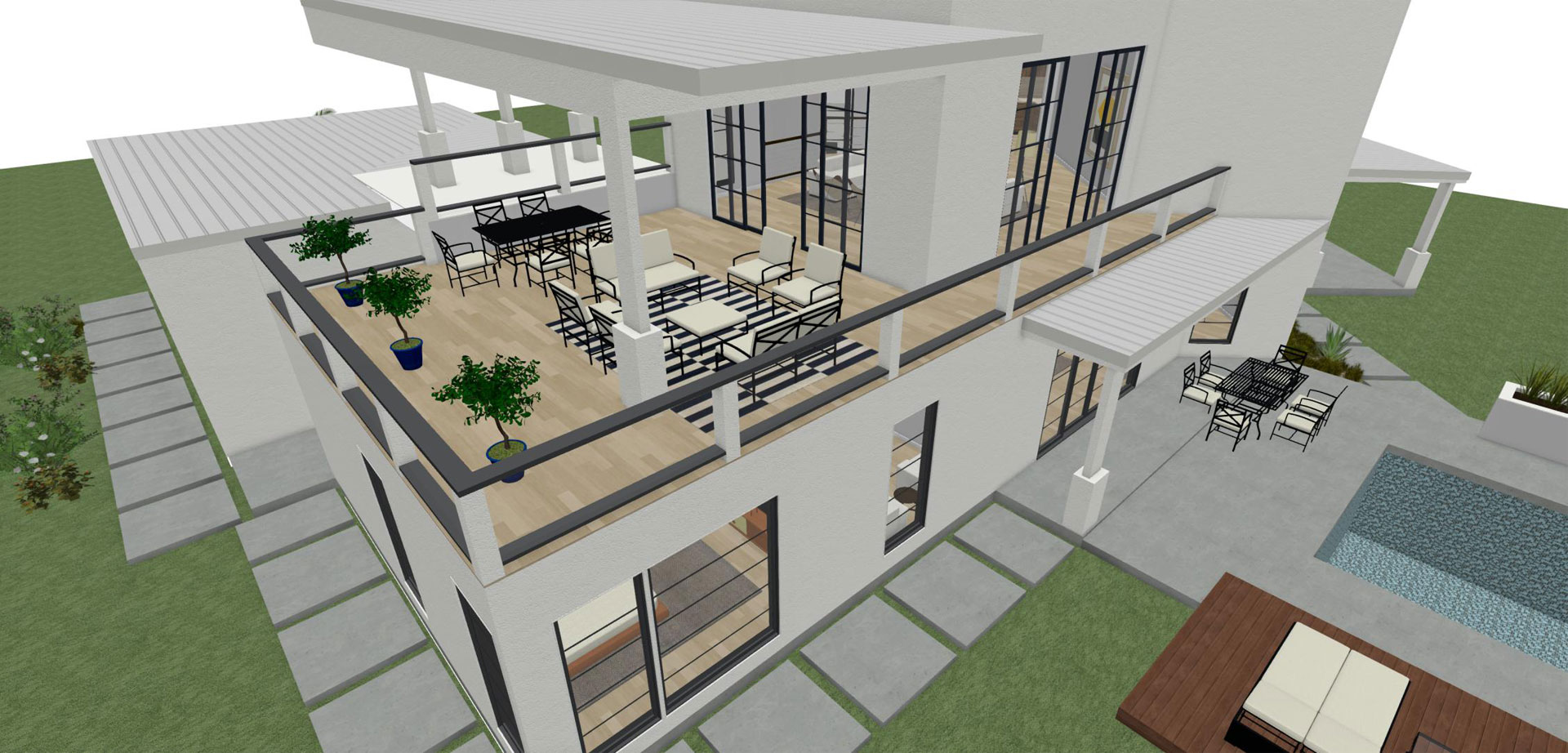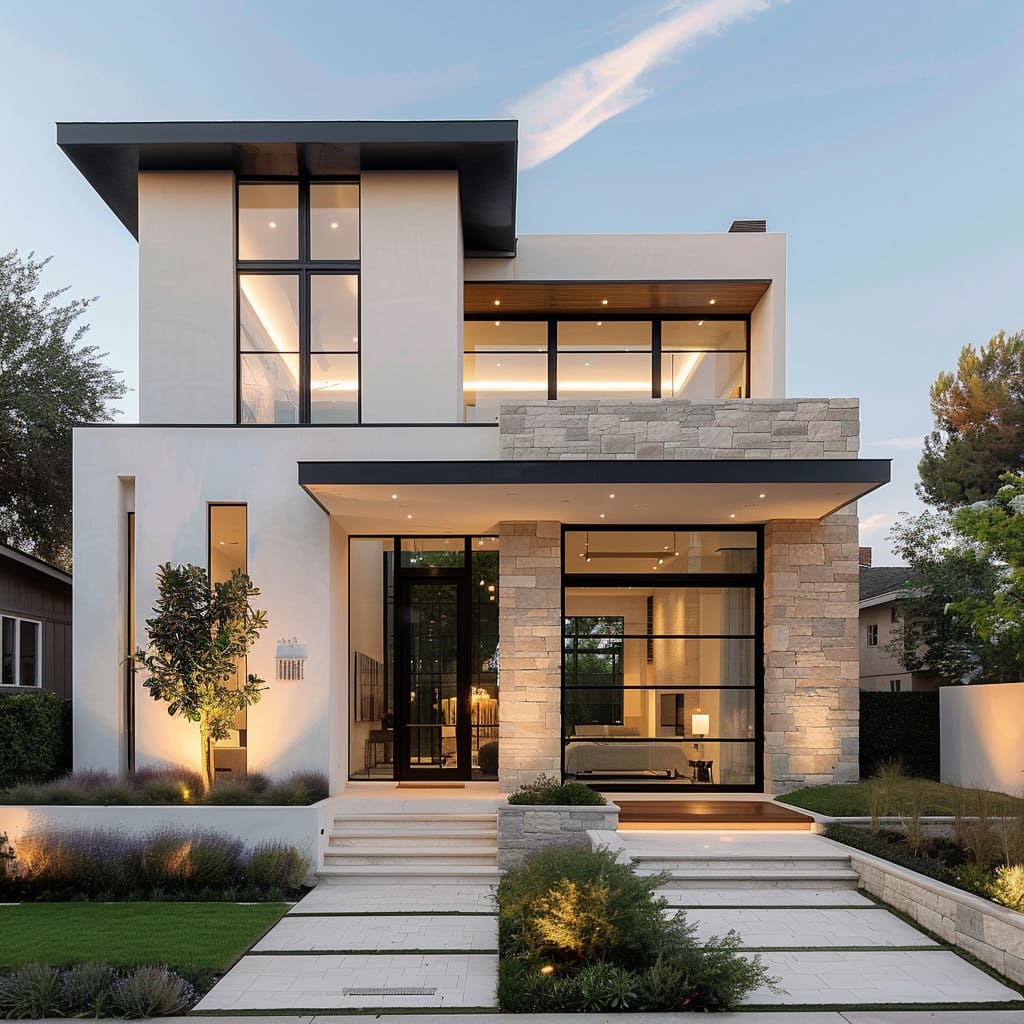A Detailed Review of Architectural Styles and Their Impact on Modern City Preparation and Development
Building styles have long acted as a mirror to the societal values and technological developments of their time, playing a critical duty fit modern city preparation and growth. From the grandeur of Neoclassicism to the practical strategy of Brutalism, each design has actually presented special ideas that influence metropolitan appearances and capability. As modern difficulties develop, including sustainability and neighborhood needs, understanding these historic structures ends up being vital. The resulting dialogue not only educates future layout methods however also elevates significant inquiries regarding the balance in between heritage and technology in our progressing metropolitan landscapes.
Historical Summary of Building Designs

As societies transitioned through the Center Ages, Gothic style emerged, characterized by its verticality and intricate describing, matching the spiritual goals of the era. The Renaissance marked a revival of timeless suitables, merging art and style in ingenious manner ins which influenced subsequent designs across Europe.

Today, architectural designs remain to develop, driven by globalization and sustainability problems, reflecting a dynamic interaction between heritage and technology. This historical introduction emphasizes the importance of design as a mirror of social advancement and as a driver for city development.
Secret Architectural Styles Explained
The variety of building designs reflects the myriad influences that form our built environment, each symbolizing unique features and cultural significances. Secret building designs consist of Timeless, Gothic, Baroque, Modernism, and Postmodernism, each representing distinct historical contexts and aesthetic viewpoints.
Classic style, rooted in old Greece and Rome, stresses proportion, percentage, and making use of columns (cda architects). On the other hand, Gothic design, growing in the center Ages, is identified by sharp arcs, ribbed safes, and flying buttresses, developing an aerial top quality in sanctuaries. Baroque style, arising in the 17th century, is marked by splendour, sophisticated decoration, and a vibrant interplay of light and shadow
Modernism, which gained momentum in the very early 20th century, focuses on function over form, utilizing new materials like steel and glass to create minimalist frameworks. Postmodernism, responding against the austerity of Modernism, embraces eclecticism and historic referral, typically incorporating playful aspects and paradox.

Effect on Urban Planning
In forming the development of cities, building styles significantly affect urban planning choices. The choice of building style commonly dictates the aesthetics, performance, and total character of city environments. Innovation, with its emphasis on minimalism and functionality, motivates open rooms and the integration of innovation, forming city formats that prioritize effectiveness and availability. Alternatively, conventional styles might emphasize historic preservation, resulting in metropolitan layouts that maintain cultural heritage and advertise pedestrian-friendly settings.
Additionally, architectural styles can impact zoning policies and land use policies. Urban planners should think about the prevailing architectural trends when designing districts, ensuring that new developments harmonize with existing structures. This factor to consider cultivates natural metropolitan landscapes and improves neighborhood identity.
The implementation of specific building styles can also influence socioeconomic factors within a city. For instance, high-end modern layouts might bring in upscale homeowners and organizations, resulting in gentrification, while more inexpensive real estate solutions may focus on useful and lasting styles to fit diverse populaces. Ultimately, the interplay in between building designs and urban planning develops vibrant cities that mirror both historic context and contemporary needs, shaping the lived experiences of their residents
Sustainability and Modern Style
Architectural designs play an essential function in attending to contemporary challenges, particularly in the world of sustainability. As metropolitan locations expand and ecological problems escalate, modern-day style increasingly embraces lasting layout concepts that prioritize power effectiveness, source conservation, and marginal eco-friendly influence.
Contemporary architectural motions, such as biophilic style and environment-friendly design, advocate for structures that integrate with their surroundings, utilizing all-natural materials and advertising biodiversity. These designs typically integrate renewable resource resources, such as photovoltaic panels and wind turbines, to decrease dependence on nonrenewable fuel sources and reduced carbon impacts.
In addition, the combination of sophisticated technologies, such as wise building systems, boosts power monitoring, optimizing source usage while ensuring owner convenience. Ingenious water monitoring approaches, consisting of rain harvesting and greywater recycling, additional contribute to lasting urban environments.
Notably, sustainability expands beyond ecological issues; it encompasses social and financial measurements also. By promoting neighborhood wellness and advertising inclusivity, modern-day architectural styles straighten with sustainable development objectives. Consequently, the advancement of building methods continues to shape resistant cities that not only fulfill the demands of the here and now yet also secure the future for generations to come.
Community Interaction in Layout
Neighborhood engagement in design acts as a Find Out More critical bridge in between architects and the populaces they serve, making certain that the built setting reflects the demands and ambitions of its individuals. This collaborative procedure invites neighborhood participants to contribute their insights and choices, promoting a feeling of ownership and responsibility towards the areas they inhabit.
Efficient community involvement utilizes different techniques, such as workshops, surveys, and public online forums, to gather diverse viewpoints. These techniques facilitate a two-way dialogue, permitting architects to recognize local contexts while equipping residents to voice their problems and wishes. This inclusivity not just enhances the style top quality but likewise advertises social equity by dealing with the one-of-a-kind challenges dealt with by marginalized teams.
Moreover, neighborhood involvement can lead to ingenious remedies that might not emerge in a typical design process. By integrating neighborhood expertise and cultural values, designers can produce rooms that resonate more deeply with individuals, improving use and sustainability. Inevitably, prioritizing community interaction in style procedures causes settings that support social interactions, support well-being, and enhance neighborhood connections, therefore playing a pivotal role fit contemporary metropolitan landscapes.
Verdict
Building designs have actually greatly affected modern-day city preparation and growth, mirroring evolving social and technical contexts. The combination of historic aesthetics with modern demands fosters city settings that prioritize sustainability and community engagement. As cities continue to grow and adjust, the recurring discussion in between architectural heritage and webpage modern design concepts will certainly stay necessary in developing inclusive, dynamic spaces that boost top quality of life and advertise social equity. The future click here to read of metropolitan development rest on this unified balance.